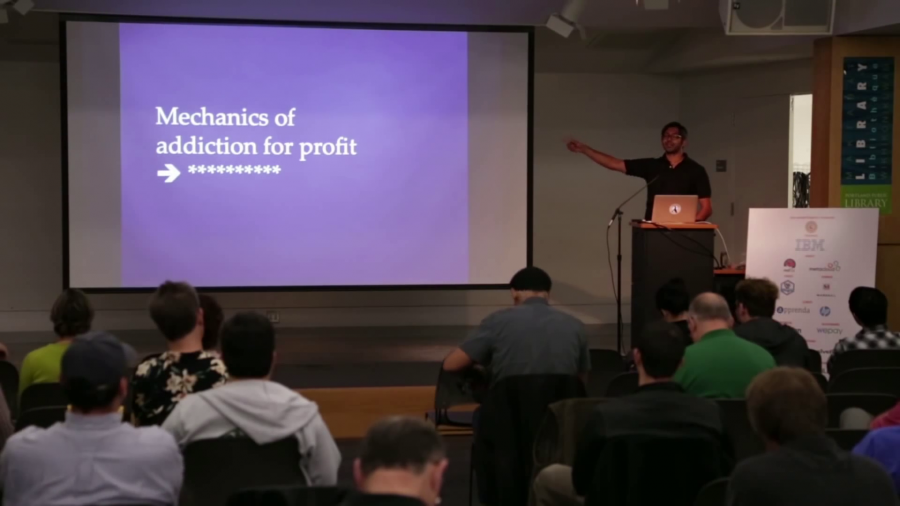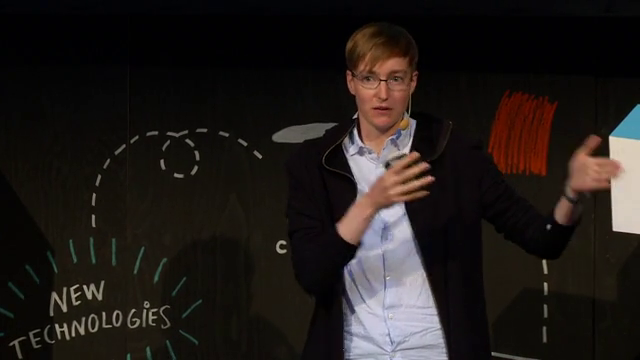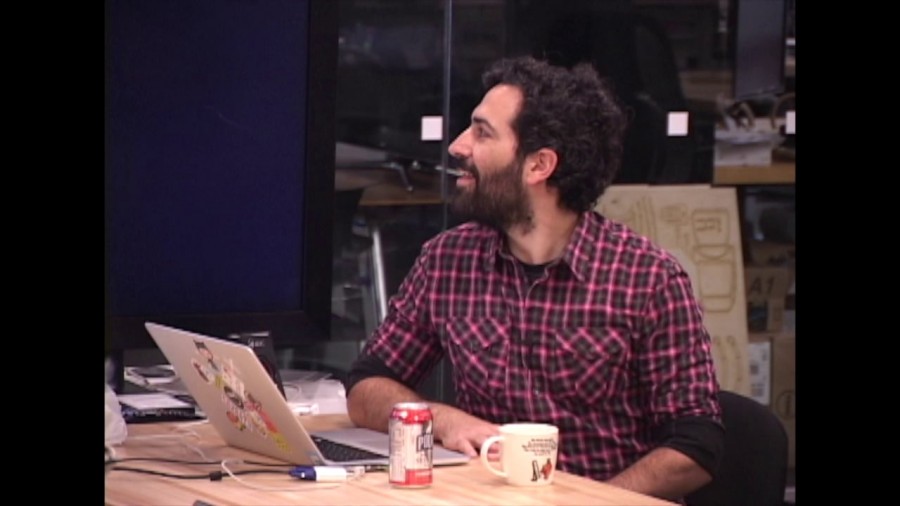There is a certain way people work, or a certain way a large portion of people work. And when you build a thing that demands them to suffer, you should make some attempt to alleviate that suffering so they can get to the goal.
Archive (Page 5 of 5)
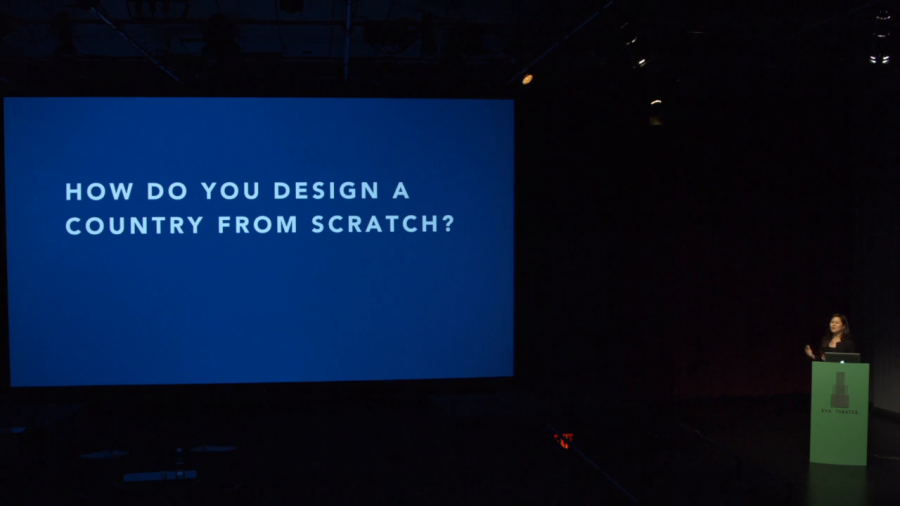
Design for emergence operates on a different set of criteria steeped in the politics and urgency of its time. I believe that in this scenario, having these so-called safe choices is not a bad thing. During this time of emergence it’s good that we have defined a graphic language of nationhood, expedient variations of heraldic traditions of crests, cartouches, and coats of arms. A lingua franca of legitimacy.
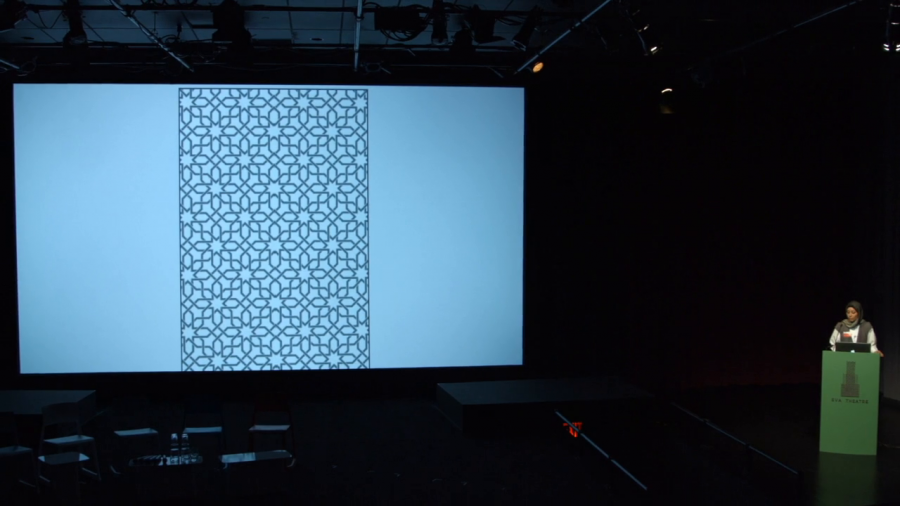
If you are given the task to lecture on design somewhere in the Middle East, do you think you’ll need to tailor your approach? Maybe think about your references, the language, the vastly different background? The answer most probably is “yes.” But the reality of design education in the Middle East, and more specifically the Gulf Region, prove otherwise.
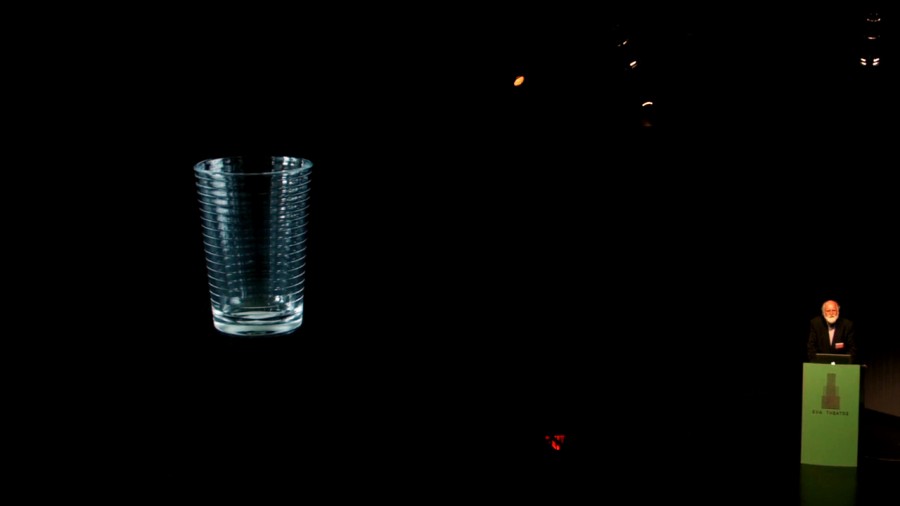
So that’s what we’re trying to do, I think, we devotees who write about the designed and pen-outlined world. We’re just wrapper-uppers at Crate and Barrel. We’re packagers, temporary packagers. And our chosen packing medium—sentences, paragraphs—sometimes obscures as much as much as it helps us see.

[A]ll these hidden infrastructural and material costs go into the stuff that we just use very very quickly. We just kind of consume them, we don’t think about them, we just want to go on with our lives. When you start actually sort of picking away, looking at it all, you realize how shocking it is.

